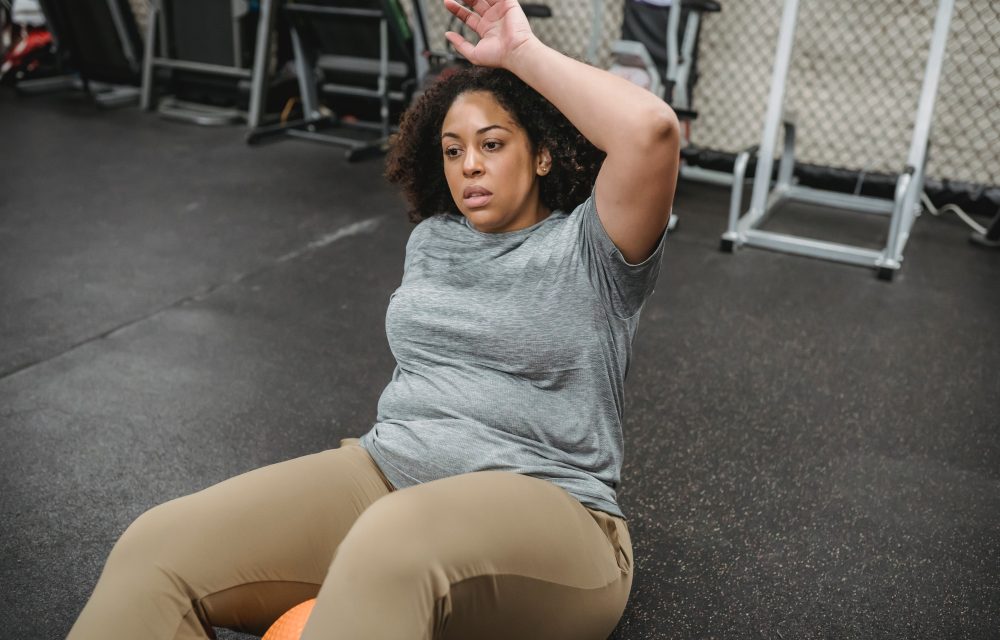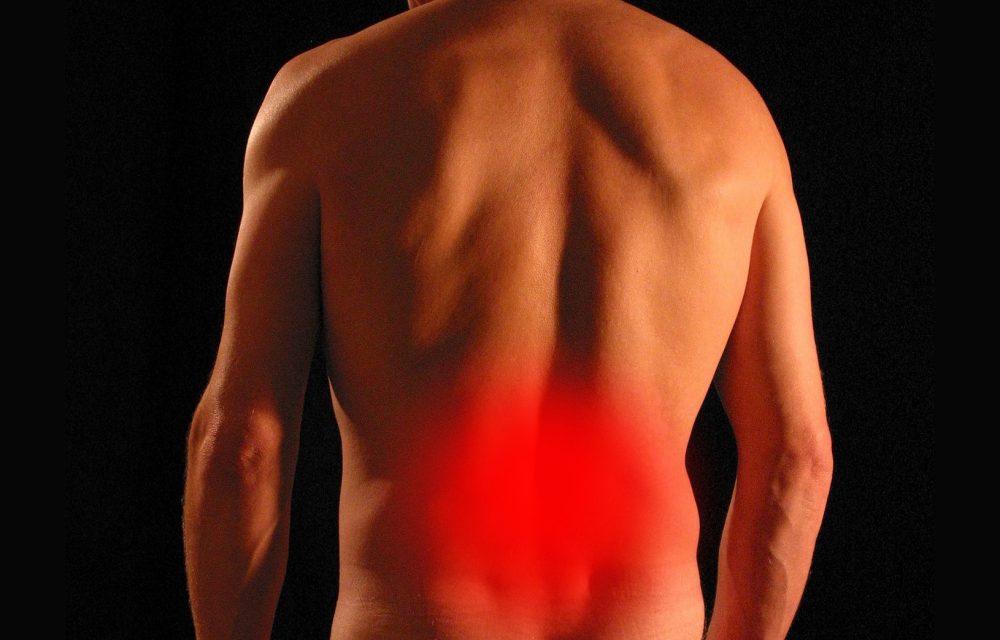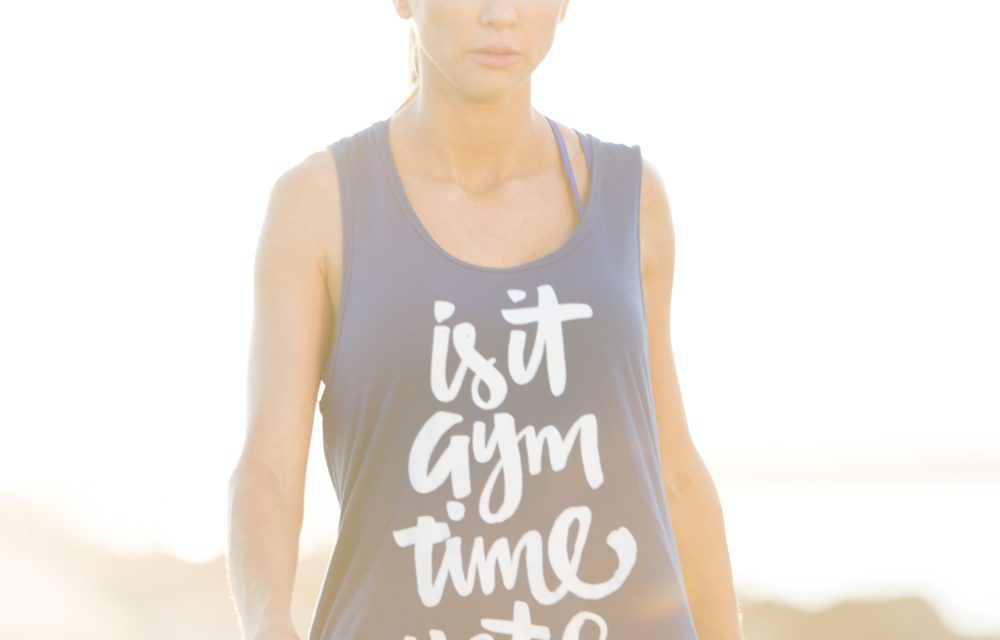Signs You’re Working Out Too Much
Sacramento, CA, and the surrounding area have some of the most “can-do” determined people in the world. They put their heart into everything they do. I’ve met quite a few at Team ISC. Many people come here to start a program of fitness. Occasionally, we get someone who is seasoned, but not making the progress they want. They’re pushing it to the limit, but instead of getting fitter, they seem to lose muscle and endurance. I immediately recognized that as one of the signs they are working out too much.
It doesn’t happen very often, but you can push too hard.
Every vocation and advocation has people who are overachievers. That’s a great quality, but when they’re trying to get fitter, it can work against you and slow progress to your goals. Your muscles need time to rest and repair after an intense workout. Strength training causes microtears in muscles. They heal to create mini scars that build muscle and strength. For strength training, that repair takes 48-72 hours. The more intense the workout, the longer the repair time. Give it time to heal instead of constantly re-tearing the muscle.
Your body will constantly fight to repair itself and that causes stress.
Not only will your progress slow or even reverse, but over-exercising can leave your body in a constant state of stress. Stress can affect your immune system. It leaves you more prone to colds, flu, and other illnesses. Exercise normally burns off stress hormones, but if it’s too strenuous, too frequent, or too long, it can cause more stress. During muscle repair, your immune system isn’t as efficient. It may take as long as 72 hours to get it back to normal after an intense workout. If you do intense workouts daily, you won’t have time to recover and are more prone to illness.
Several other signs may appear if you over-exercise.
Mood swings can be an obvious sign of someone over-exercising. It can cause anxiety, irritability, confusion, anger, and depression. Over-exercising can also cause chronic fatigue and delayed recovery time. If you aren’t recovering as quickly as usual or feel exhausted following a workout when you used to feel great, you might be pushing yourself too hard.
- Instead of hitting the gym every day, workout two to three days a week and do recovery exercises like moderate walking on the other days. If it’s continued for a while, cut back on all activities and rest.
- Get more rest. Your body heals when you sleep. Too much exertion can affect your sleep pattern negatively. Insomnia is another sign of too much exercise. Muscle loss, belly fat accumulation, and decreased thyroid output are also signs.
- Track your resting heart rate. A high resting heart rate indicates you’re over-exercising. If you’re fit, it should be between 40-60 bpm. If it jumps to 75 bpm or higher, it’s time to take a break.
- If you do strength training daily, alternate between upper, lower, and core muscles. We can help you with a program that works you to your maximum potential but never too hard.
For more information, contact us today at Team-ISC









 Being addicted to the gym can be good or bad, depending on how you act on that addiction. If you love going and don’t miss a session, then it’s good. However, if you love going so much that you workout intensely for long hours every day, it might not be to your benefit. You can work out too much. What happens then? You actually lose ground, make exercising more exhausting and lose muscle mass in the process.
Being addicted to the gym can be good or bad, depending on how you act on that addiction. If you love going and don’t miss a session, then it’s good. However, if you love going so much that you workout intensely for long hours every day, it might not be to your benefit. You can work out too much. What happens then? You actually lose ground, make exercising more exhausting and lose muscle mass in the process.